General and Business Aviation Call to Action
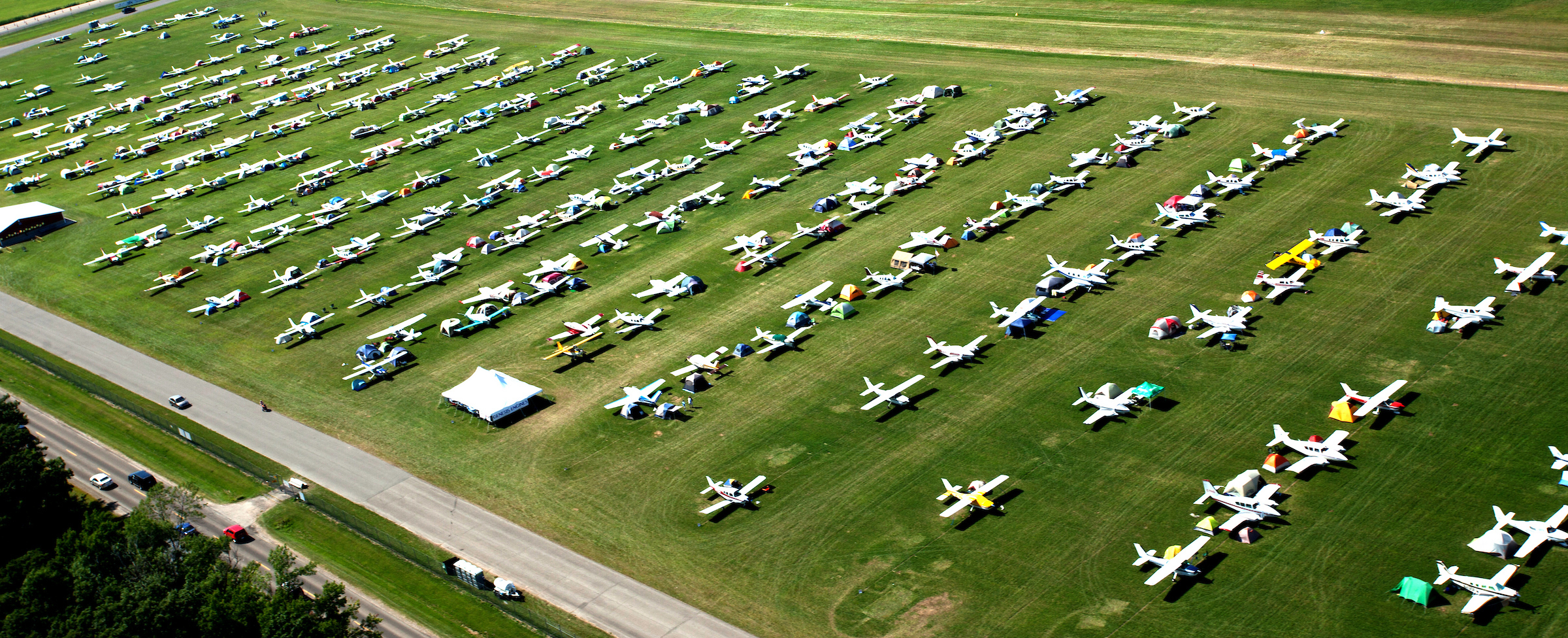
In early March 2025, the Federal Aviation Administration (FAA) held an Aviation Safety Call to Action to identify concrete steps to address recent safety incidents and make general and business aviation safer. More than two dozen FAA, industry and labor leaders attended the event at the agency’s headquarters building.
“Safety is a collective effort that requires constant, proactive collaboration among all stakeholders. Complacency is the enemy of safety and we need to be vigilant and address emerging risks before they become problems.” -Acting FAA Administrator Chris Rocheleau
Resources for Pilots
As part of our commitment to aviation safety, the FAA is reminding General and Business Aviation pilots about the tools and resources available to them during their pre-flight, in-flight, and post-flight activities. Find more information below.
FAA Supports AOPA National Pause for General Aviation Safety
April 1, 2025 - In support of the Aircraft Owners and Pilots Association’s (AOPA) National Pause for General Aviation Safety, the Federal Aviation Administration (FAA) is encouraging general aviation pilots to take some time in the next six months to ensure they continue to operate at the highest levels of safety. The National Pause for General Aviation Safety is a partnership between dozens of aviation organizations and the FAA to help pilots focus on aviation safety. Pilots are encouraged to use online resources like the FAA’s From the Flight Deck Series, earn FAA WINGS credits, and participate in local aviation safety events to discuss Call to Action topics such as best practices, avoiding safety drift and implementing safety management systems.
On March 6, 2025, the FAA hosted a General and Business Aviation Call to Action meeting, identifying concrete steps to address recent safety incidents and make general and business aviation safer. Safety recommendations raised during the Call to Action were further discussed during the General Aviation Joint Safety Committee meeting the following week.
Learn more at https://www.gasafe.org
FAA Moves to Protect Aircraft Owners’ Private Information
March 28, 2025 - As required by the FAA Reauthorization Act of 2024 (Public Law 118-63), the Federal Aviation Administration (FAA) implemented Section 803 Data Privacy, that allows private aircraft owners to request to keep certain ownership information, like their name and address, private and not publicly available on FAA websites.
Private aircraft owners and operators can now electronically request that the FAA withhold their aircraft registration information from public view.
Starting today, they can submit a request through the Civil Aviation Registry Electronic Services (CARES) to withhold this information from public display on all FAA websites.
The FAA will publish a request for comment in the Federal Register to seek input on this measure, including whether removing the information would affect the ability of stakeholders to perform necessary functions, such as maintenance, safety checks, and regulatory compliance. The FAA is also evaluating whether to default to withholding the personally identifiable information of private aircraft owners and operators from the public aircraft registry and providing a means for owners and operators to download their data when needed.
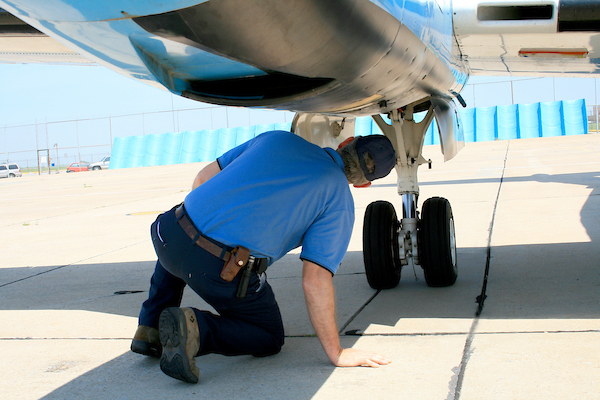 Aircraft Maintenance
Aircraft Maintenance
A well-maintained aircraft is a safe aircraft.
- Find a Repair Station
- Supplemental Type Certificates (STCs)
- Type Certificate Data Sheets (TCDS)
- Aircraft Safety Alerts
Planning
Check for situations you may encounter during flight such as airport status, airspace restrictions or charting updates.
- NOTAMs
- Graphic Temporary Flight Restrictions (TFRs)
- Airport Construction Notices
- National Airspace System Status
- Artificial Intelligence (AI) could help a pilot conduct a risk assessment before flying.
- Flight Risk Assessment Tool (FRAT)
Plan your flight and fly your plan. Be familiar with all aspects of your flight.
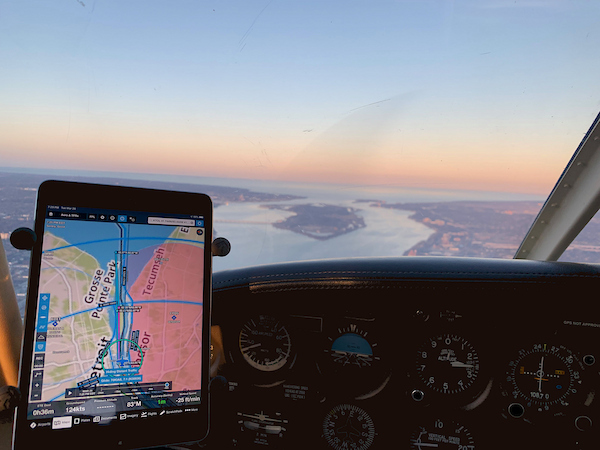 Don’t become complacent during cruise flight. Continually monitor weather, aircraft, and other traffic to avoid any unwanted surprises.
Don’t become complacent during cruise flight. Continually monitor weather, aircraft, and other traffic to avoid any unwanted surprises.
- Use ATC Flight Following.
- Respect onboard Traffic Collision Avoidance System (TCAS) alerts – even if you don’t think an actual conflict will occur.
- Equip your aircraft with Automatic Dependent Surveillance – Broadcast (ADS-B)-In and - Out.
- Ask for Pilot Reports (PIREPs) from air traffic control or a Flight Service Station (FSS).
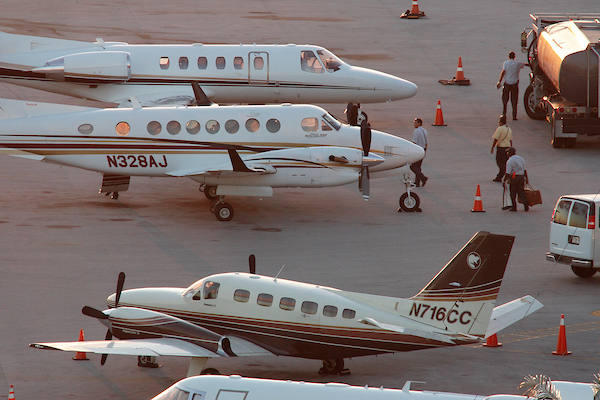 Take a minute to think about your flight. What went well? Did anything go wrong? A moment of reflection will help ensure a lifetime of aviation safety and enjoyment!
Take a minute to think about your flight. What went well? Did anything go wrong? A moment of reflection will help ensure a lifetime of aviation safety and enjoyment!
- Review post-flight checklists.
- Share any safety concerns through the Aviation Safety Reporting System.
- Self-reflect and think about what you could do better next time.
- Safety management occurs not only within an individual operation, but across industry segments. Continued work with stakeholders to establish and implement Safety Management to address and reduce risk within their operations and the NAS is important for all of industry.
- Report a Bird Strike
- Report Safety Issues
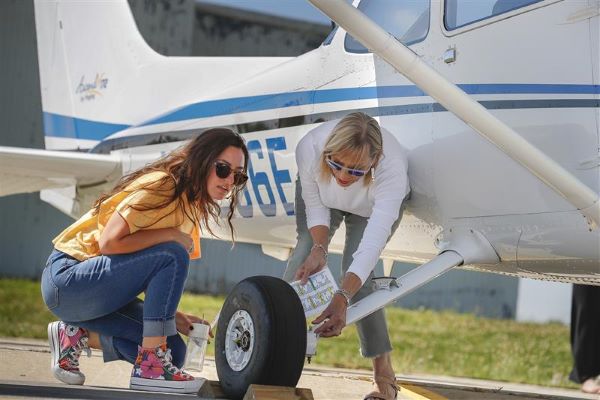 A good pilot is always learning. During “off days” keep your mind sharp and engaged through a variety of educational opportunities.
A good pilot is always learning. During “off days” keep your mind sharp and engaged through a variety of educational opportunities.
- Engage with the FAA Safety Team (FAASTeam) through its programs, seminars and webinars, and extensive online course library.
- Check out the safety enhancements that the General Aviation Joint Safety Committee (GAJSC) developed and its quarterly FlySafe newsletter.
- Read the bi-monthly FAA Safety Briefing magazine.
The incorporation of scenario-based training could add value to GA pilots’ already robust training. Check out the Runway Safety Simulator and other training resources.
Accident Data
Improving the safety of the world’s largest and most complex general aviation (GA) community is one of the FAA’s top priorities. This community encompasses more than 275,000 diverse aircraft, including propeller-driven airplanes, amateur-built aircraft, helicopters, balloons, and highly sophisticated jets. This accounts for more than 90 percent of US-registered aircraft. Numerous FAA and industry programs and partnerships have significantly reduced the fatal accident rate.
- The FAA and the GA industry set and achieved a goal of reducing the GA fatal accident rate by 10 percent between 2009 and 2018 and are striving to reduce it an additional one percent per year.
- 2024 saw the lowest GA fatal accident rate since the FAA began tracking it in 2009, with particular improvement among experimental and amateur-built aircraft and helicopters.
- Despite this positive trend, more must be done.
